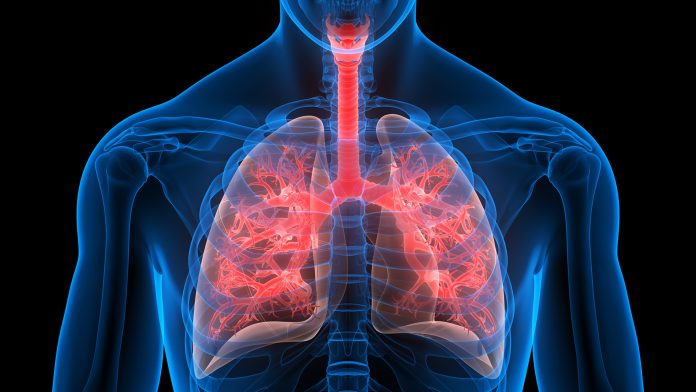
Emerging research from Cold Spring Harbour could mean a new cystic fibrosis treatment is on the horizon.
The latest cystic fibrosis treatment method, headed by Laboratory Profession Adrian Krainer from Cold Spring Harbour, is based on antisense oligonucleotides (ASOs). ASOs are molecules that can be used to control protein levels in cells. Krainer employed the ASO technology to develop the first-ever FDA-approved treatment for spinal muscular atrophy called Spinraza®.
Following this triumph, Krainer applied this technology to create a new cystic fibrosis treatment approach, where patients struggle to create enough of a protein called CFTR. His team used ASOs to make more of an imperfect but still functional version of CFTR. This exciting development shaped the potentially life-changing cystic fibrosis treatment.
The future of cystic fibrosis treatment
The imperfect CFTR protein is a gene mutation, causing the cells to receive the incorrect directions for making the protein. Krainer’s ASOs trick the cells into following faulty instructions creating the imperfect CFTR protein. The scientists found that with cystic fibrosis, it is better to have imperfect proteins than none at all. As a result, this cystic fibrosis treatment approach improved lung function and could be used to improve symptoms in cystic fibrosis patients with this mutation.
Krainer noted that he hopes to continue expanding the potential of ASO technology in treatment approaches. He commented that the future of ASOs may increasingly become a route to tailor therapies specific to unique genetic mutations. “If more of this type of drug, ASOs, are approved,” Krainer concluded, “I wouldn’t be surprised if in the not-so-distant future ASOs become a routine way to make personalised medicines.”
What is cystic fibrosis?
Cystic fibrosis is an inherited condition causing sticky mucus to build up in the lungs and digestive system. Most cases are discovered at birth using the newborn screening heel prick test, and symptoms often start in early childhood. The condition worsens over time and slowly damages the lung and digestive system.
Currently, there is no cure for cystic fibrosis; however, many treatments exist to control the symptoms, reduce or prevent complications and improve quality of life. Medications are available to treat the affected lungs, including antibiotics, bronchodilators and steroids.
Health professionals may also encourage physical activity as a form of cystic fibrosis treatment. It can help clear mucus from the lungs and improve overall health. Furthermore, airway clearance techniques and dietary changes can be employed to clear the lungs.






















